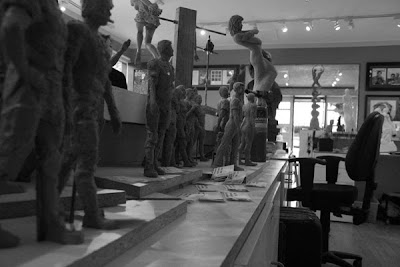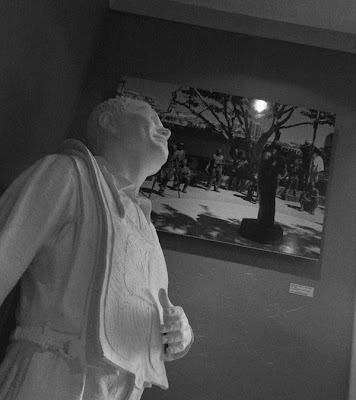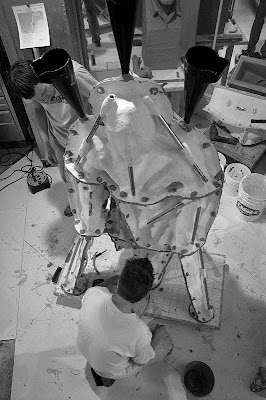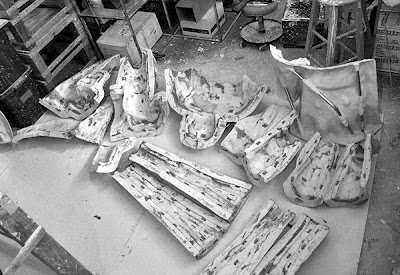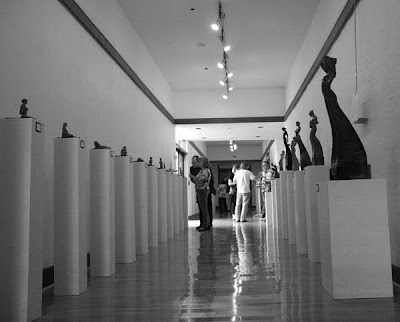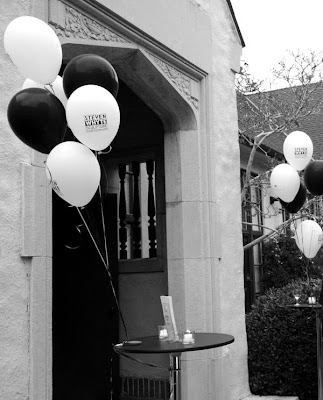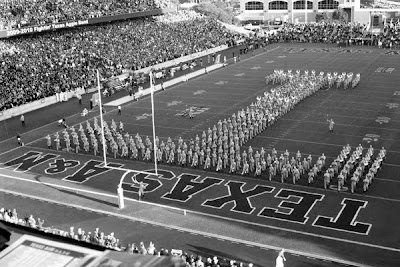
Of course, the learning curve on the subjects is made steeper since, Steven and I are more familiar with Europe than we are with states outside of California. Worse still as an Englishman Steven’s knowledge of "American" football consists of a general understanding that it involves elements of rugby, but with more padding and equipment. We’ve been participating in a gradual education program based on viewing of every football movie ever made, but the time had finally come for a more direct course of action. It was with this goal in mind that we traveled to the great state of Texas.

In a three day crash course, we went to two major games and came away with a fortified excitement for the project. The tangible enthusiasm, fierce loyalty and pride we saw was inspiring. Former A&M President Bob Gates once remarked that A&M was a "unique American institution". As we visited the grounds around Kyle Field, we were swept up in the culture of and passion for the school.


As we returned home this same since of purpose continues to guide our work on the project. We have been chosen to create something special and unique. We remain grateful for the hospitality we were shown, cognizant of the honor of our assignment and ever so slightly hungry for barbeque...





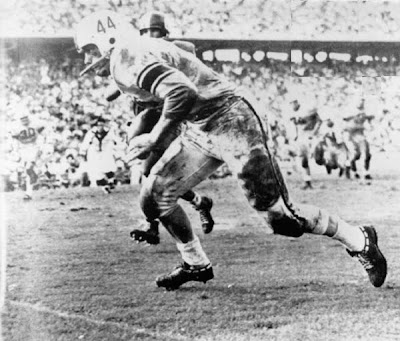
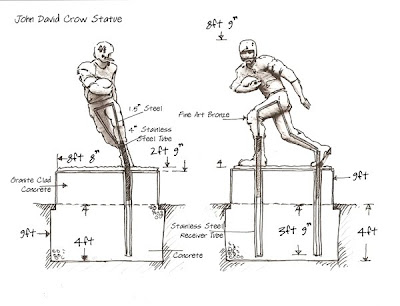 Again, we protect ourselves with research.
Again, we protect ourselves with research.
















